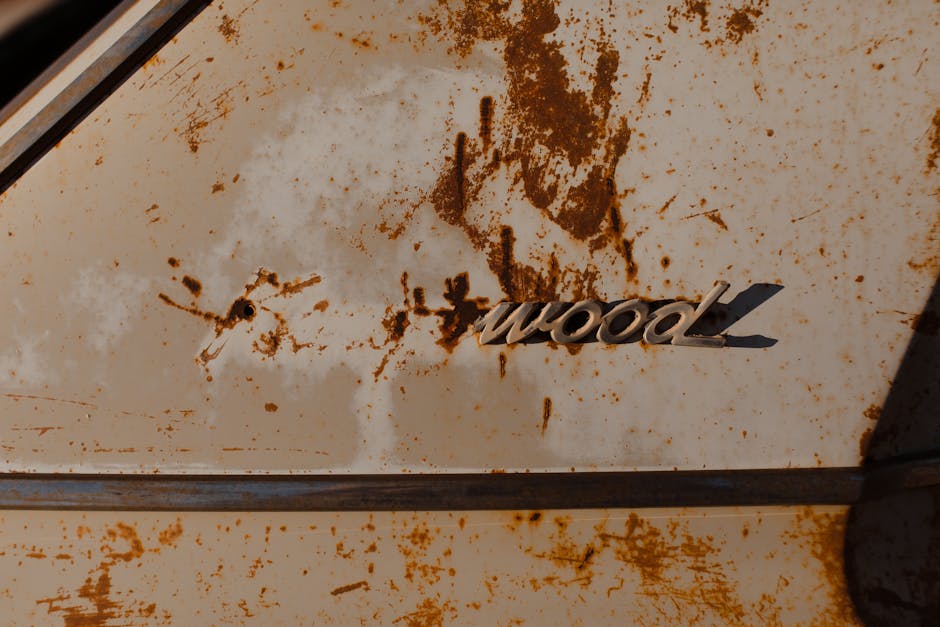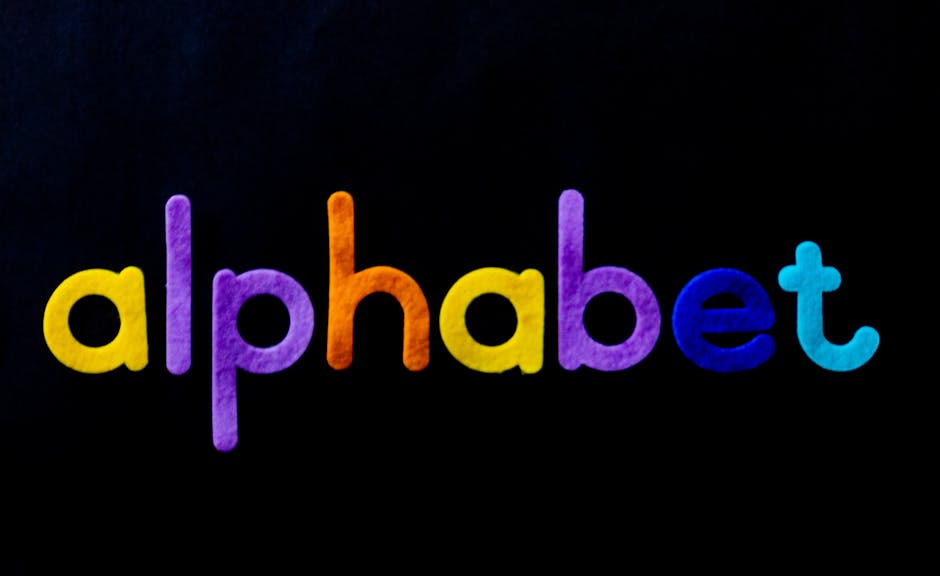
In the wild world of branding, nothing says “trust me, I’m legit” quite like a well-designed logo. Whether you’re starting a business or just trying to impress your mom with your entrepreneurial endeavors, a trustworthy logo is key to achieving success (or at least getting her to stop asking when you’re going to get a ”real job”). So grab your sketchbook, sharpen your pencils, and get ready to dive into the wonderful world of logo design for trustworthy success!
Understanding the importance of trust in branding
As any seasoned marketer will tell you, trust is the secret sauce that makes a brand successful. It’s like the sprinkles on top of a cupcake – without it, your brand is just a bland, unappetizing mess.
So, why is trust so important in branding? Well, for starters, it’s what helps customers feel confident in your products or services. Think of it as the safety net that catches them when they take a leap of faith and make a purchase.
Here are a few reasons why trust is crucial in branding:
- Customer Loyalty: When customers trust your brand, they’re more likely to come back for more. It’s like having a loyal fan base that can’t get enough of your awesomeness.
- Reputation Management: Trust is like a good reputation – once you’ve built it up, you have to work hard to maintain it. One slip-up and it all comes crashing down.
- Word-of-Mouth Marketing: When customers trust your brand, they’re more likely to spread the word to their friends and family. It’s like having a bunch of unpaid, enthusiastic ambassadors singing your praises.
Key elements of a successful logo design
When it comes to creating a killer logo that screams “I’m the best!”, there are a few key elements that you absolutely can’t forget. These elements will make your logo stand out from the crowd and ensure that it sticks in people’s minds like gum on a hot sidewalk.
First and foremost, your logo needs to be simple yet memorable. Think of your logo as the cool kid in school - they don’t need to try too hard to be noticed, they just do. So keep it clean and straightforward, but make sure it’s something that people will remember, like that embarrassing dance move you did at your cousin’s wedding.
Next, make sure your logo is versatile enough to be used on a variety of mediums. Your logo should be able to look good on a billboard, a business card, or even a tiny sticker. Just like a good pair of jeans, your logo needs to be able to adapt to any situation.
Another important element of a successful logo design is originality. You don’t want your logo to be mistaken for someone else’s – that’s like showing up to a party in the same outfit as your arch-nemesis. So make sure your logo is unique and speaks to your brand’s personality.

Building credibility through logo design
When it comes to , you want to make sure that your logo conveys professionalism and trustworthiness. After all, your logo is often the first impression that potential customers will have of your brand.
Here are a few tips to help you create a logo that exudes credibility:
- Keep it simple – A cluttered logo can make your brand look unprofessional and confusing. Stick to clean lines and minimalistic design.
- Choose the right colors – Colors can evoke different emotions and associations, so make sure you select colors that align with your brand values and message.
- Make it memorable – A memorable logo will help your brand stand out from the competition and leave a lasting impression on customers.
Remember, your logo is the face of your brand, so it’s important to invest time and effort into creating a design that accurately represents who you are as a company. With the right logo, you can build credibility and trust with your target audience, setting the stage for long-term success.

Utilizing color psychology in logo creation
When creating a logo, it’s important to consider the psychological impact of colors. Different colors can evoke different emotions and associations in people, so choosing the right colors for your logo can help convey the right message to your audience. Here are some tips on how to utilize color psychology in your logo creation:
1. Consider the main message of your brand: Think about the main message or values of your brand and choose colors that reflect those themes. For example, if your brand is focused on creativity and innovation, you might want to use colors like purple or orange. If your brand is more about trust and stability, you might opt for colors like blue or green.
2. Don’t be afraid to mix it up: While certain colors may have stereotypical associations, it’s also important to think outside the box and consider how different colors can work together to create a unique and impactful logo. Consider using complementary colors or contrasting colors to make your logo stand out.
3. Test the waters: Before finalizing your logo, it’s a good idea to test it out on a focus group or conduct some market research to see how different people react to it. You might be surprised by how different colors can elicit different responses from different groups of people.

Choosing the right typography for a trustworthy image
When it comes to , you can’t just slap any old font on there and call it a day. No, my friend, you need to be strategic about it. After all, you wouldn’t show up to a job interview in pajamas, would you? So why would you present your text in a sloppy, untrustworthy font?
First things first, you need to consider the type of image you’re trying to portray. Are you going for a sleek, modern look or a classic, traditional vibe? Choose a font that aligns with your overall aesthetic. If you’re aiming for trustworthiness, you might want to steer clear of overly playful or ornate fonts. Stick to something clean and straightforward like Arial or Times New Roman.
Next, think about legibility. No one is going to trust a message they can’t even read! Make sure your font is easy on the eyes and doesn’t require a magnifying glass to decipher. **Helvetica** and **Verdana** are great options for clear, readable text. And remember, size matters! Don’t be afraid to bump up that font size a notch to ensure your message is crystal clear.
Lastly, don’t be afraid to mix things up with different font weights and styles. Adding emphasis with **bold** or *italic* text can help draw attention to important information and make your message more engaging. Just be sure not to go overboard – you don’t want your typography to look like a circus act! With a little bit of thought and creativity, you can choose the perfect fonts to create a trustworthy image that will leave a lasting impression. Happy typing!
Incorporating symbolism for a lasting impact
Symbolism is like the secret seasoning that makes your writing pop with flavor and intrigue. It’s the cherry on top of your literary sundae, the sprinkle of magic dust that keeps readers coming back for more. So, how can you incorporate symbolism into your writing to leave a lasting impact? Let’s dive in and uncover the mystery!
First off, **think outside the box**. Don’t settle for the obvious symbols like hearts for love or skulls for danger. Get creative and brainstorm unique symbols that will make your readers stop and think. Maybe a flamingo symbolizes grace and elegance in your story, or a broken mirror represents shattered dreams. The possibilities are endless!
Next, **use symbolism to create a deeper meaning**. Don’t just slap a symbol onto your writing for the heck of it. Make sure it serves a purpose and enhances the overall message of your piece. Maybe a black cat crossing a character’s path symbolizes bad luck, or a rainbow after a storm represents hope and resilience. Make your symbolism meaningful and impactful!
Lastly, **have fun with it**! Symbolism doesn’t have to be all serious and heavy. Throw in some playful symbols that will make your readers smile or laugh. Maybe a rubber duck symbolizes childhood innocence, or a pineapple represents hospitality. Let your imagination run wild and sprinkle your writing with symbols that will leave a lasting impression!
Testing and refining your logo for maximum trustworthiness
So, you’ve got yourself a logo, huh? That’s great! But now comes the hard part – making sure it exudes maximum trustworthiness. You don’t want people looking at your logo and thinking, “Hmm, I’m not so sure about this…” No way! You want them thinking, “Wow, I trust this company with my life!”
Here are a few tips for testing and refining your logo to make sure it screams trustworthiness:
- Ask strangers what they think: Grab a few unsuspecting folks off the street and show them your logo. Ask them what comes to mind when they see it. If they say things like “sleazy” or “shady,” it might be time for a redesign.
- Go for a classic look: Think about iconic logos like Nike or Coca-Cola. Simple, timeless designs exude trustworthiness. Avoid anything too flashy or trendy - you don’t want your logo looking like it’s trying too hard.
- Consider color psychology: Did you know that certain colors can evoke feelings of trust and reliability? Blues and greens are often associated with trustworthiness, while reds and yellows can come off as aggressive or untrustworthy. Choose your colors wisely!
FAQs
Why is logo design important for business success?
Well, think of your logo as your business’s first impression. It’s like showing up to a blind date wearing sweatpants – not a good look. A well-designed logo can establish credibility, build trust, and create brand loyalty. Plus, it’s the face of your company, so you want it to be memorable and inviting.
How can I convey trustworthiness through my logo design?
Trust is like a delicate flower – easy to crush, but oh so sweet when nurtured. Focus on using clean, simple designs, neutral colors, and classic fonts. Avoid anything flashy or over-the-top. Just think of your logo as a trustworthy friend - dependable, consistent, and always there for you.
What are some common mistakes to avoid when designing a logo for trustworthiness?
Ah, the classic blunders of logo design – like using too many colors, complex graphics, or generic clip art. Remember, trust is like a fine wine – it gets better with age. So, skip the trendy fads and go for a timeless, elegant design that will stand the test of time.
How can I ensure my logo resonates with my target audience?
It’s like trying to find the perfect pair of jeans – you want them to fit just right. Make sure you do your research and understand your target audience. Consider their preferences, values, and interests. Your logo should speak directly to them, like a best friend sharing inside jokes.
In Conclusion: Logo Designers, Trust the Process!
So there you have it, fellow logo designers! Remember, when it comes to creating logos for trustworthy success, it’s all about putting your best foot forward (or should we say, your best pixel). Trust in your creative abilities, listen to your clients’ needs, and always strive to design logos that exude professionalism and reliability. With a bit of wit, a dash of creativity, and a whole lot of trust, you’ll be well on your way to logo design success. Now go forth and design with confidence!











